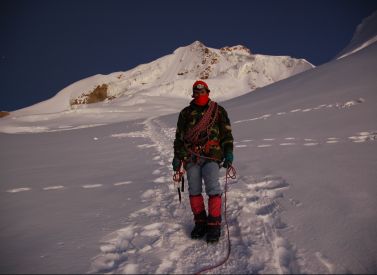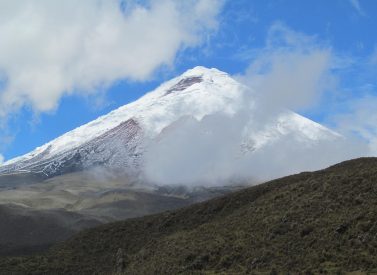
Chimborazo & Cotopaxi Climb
Climb five volcanoes in Ecuador
We include the highest of Ecuador’s magnificent volcanoes, Chimborazo – on our guided climbing tour.
With our professional guides, you’ll acquire the skills and acclimatisation to take on Ecuador’s abundant and challenging volcanoes.
Learn ice-climbing skills and set yourself a tough challenge and climb Cotopaxi (5,897m/19,347ft) and Chimborazo (6,310m/20,702ft).
We start lower, and each of the first three volcanoes we climb are to acclimatise you perfectly for the two main mountains – Cotopaxi and Chimborazo.
More on Cotopaxi and Chimborazo climbing holiday
Climbs are fully supported and led by qualified English-speaking guides, and are open to all levels of climbers.
We provide the technical kit you need while you learn the ice skills required during the glacier schools we run.
As well as pushing yourself to new heights, the acclimatisation walks bring you close to the diverse highland landscapes of Ecuador.
You see indigenous communities as you hike through areas replete with fascinating flora and fauna.
And once you reach the summit of Chimborazo you can look back at a climbing adventure holiday of a lifetime.
Trip Highlights
Print Share Download as PDF-
Climb the two biggest volcanoes in Ecuador - Chimborazo and Cotopaxi.
-
Open to all levels - challenge yourself to a life-changing holiday.
-
Expert, qualified professional English-speaking guides show you the ropes.
-
Some of the most beautiful views in all of South America await.
The high points included reaching the tops of the volcanoes (pun not intended), but also included ice climbing during the glacier school.
The hostel was excellent (with very friendly staff), as was the hotel in Riobamba.
We thought Ramiro is an excellent guide and engages well with the clients. We felt very looked after and felt we benefitted the local communities.
A. Dearden, Volcano climbing
Full Itinerary
Day 1: Arrive Quito, transfer airport to hotel
You arrive into Quito, and are met on arrival and taken to your comfortable hotel in the centre of Ecuador’s capital city.
Quito was declared a World Heritage Site in 1978 by UNESCO, and you can spend your free time exploring or just taking it easy as you get used to the altitude.
Day 2: Free day Quito, hotel (B)
A free day to settle into bustling Quito and acclimatise a little.
You can choose to explore this vibrant city with its Unesco World Heritage Old Town and nearby Equator line by yourself, or we can arrange a city tour for you, taking in the sites, museums, markets and churches.
Day 3: Pasochoa volcano hike (4,199m), return to Quito, hotel (B,L)
We head off early, around 08.00, and drive the 30km in a southern direction to Pasachoa, an extinct volcano not far from Quito.
The easy hike up to the summit of this ancient and much eroded volcano takes around four hours. At the top you will be rewarded with spectacular views of the high Andean peaks around and of the steep plunging drop off into the heart of the collapsed crater, which is filled with ancient Andean vegetation.
This is an excellent peak for seeing birds, particularly the Andean condor, and the peak is a beautiful spot for a hour picnic lunch, before returning to the car park and driving back to Quito.
Day 4: Pichincha volcano hike (4,794m), return to Quito, hotel (B,L)
Rucu Pichincha stands right above the city of Quito. It has a long history of eruptions. From the edge of the paramo, where we start walking, it takes around four hours to reach the summit. The final section is a rocky scramble.
After reaching the top, we return the same way to our hotel in Quito.
Day 5: Drive to Illinzia, hike to Illiniza North Refugio (4,600m) (B,L,D)
This is the start of the higher peaks. We wave goodbye to Quito and head south to the Avenue of the Volcanoes.
After breakfast this morning, we drive on to the Pan American highway and head for Illiniza. We drive through scenic and verdant agricultural areas, with vistas of Ecuador’s volcanoes.
We get to the car park at the base of Illiniza and hike four hours or so through a remote paramo in an area called la Virgén to the basic mountain refugio, which sits at around 4,600m/15,092ft.
Here we relax, and stay the night.
Day 6: Summit Illiniza North (5,125m), hotel in Cotopaxi National Park (B,L)
It’s an early start today, around 05.00, but we have a good breakfast before we set off for the summit.
This peak is normally a fairly straightforward climb, if you are acclimatised. We head off up the ridge aiming for the summit.
There is one tricky part where we may rope up. We reach the summit some three hours after leaving the refugio.
Having reached the top, we return the same way to meet the vehicle and head to our hotel in/near Cotopaxi National Park, about an hour’s drive
Day 7: Glacier school on Cotopaxi (4,800m). Return to hotel (B,L)
We drive up the flanks of Cotopaxi to the car park at 4,550m/14,927ft, and from here hike 45 mins to the Jose Rivas Refuge on the north west of Cotopaxi, at some 4,800m/15,748ft.
After a refreshing brew, we begin a five hour glacier school to help prepare you for the high altitude climbs ahead. Over the next two days, we look at some of the following:
- Use of equipment
- Knots and harnesses
- Different walking techniques: French/ American/ Basic front-pointing/ Traversing
- Roping up techniques: two and three person parties
- Team travel
- Crossing snow bridges
- Anchors: general and in poor snow conditions
- Ice screws
- Abseiling
- Self rescue: Prussic/ Jumar/ Other procedures
- Moderate ice climbing with top rope
We return to our hotel and relax, leaving the glacier around 17.00.
Day 8: Glacier school, sleep at Cotopaxi refuge (B,L,D)
We relax in the morning, recovering our energy, and in the afternoon head back up to the refuge.
It’s early to bed tonight – around 18.30 – as we are getting up and heading for the summit around midnight.
Day 9: Cotopaxi summit (5,897m), return to Latacunga hotel (B,L)
We start climbing at midnight. After a small breakfast we climb through the magnificent glaciers to the summit of Cotopaxi (5,897m/19,347ft).
We will pass a group of uniform slopes and ice ramps of 30 and 35 degrees before reaching a glacier platform. From here, we enjoy one of the most spectacularly colourful displays in the Andes; the morning sunrise welcomes us with an incredible display.
We pass under a rock 400 feet wide called Yanasacha, on a path the Indians called ‘The route of the Moon’. Here we start climbing up the glacier slopes of some 35 and 45 degrees. At the top of these, we climb 15 more minutes climb to emerge onto Ecuador’s second highest summit – Cotopaxi, at 5,897m/19,347ft.
This should take us about 6-7 hours, and then, with the summit reached, we return to the hut, descend and then drive to our hotel.
Day 10: Rest day, transfer to La Ciénega, hotel (B,L)
We take it very easy today, and just take the short drive to our next hotel, getting ready for the big challenge ahead.
Day 11: Drive to Chimborazo refuge (4,800m) (B,L,D)
We leave around 10.00, and drive south of Cotopaxi, passing the agricultural towns of Latacunga and Ambato. It takes about five hours, but is a scenic drive that offers photographic opportunities.
Our destination is the lower refuge of Chimborazo (4,800m/15,748ft), where we eat dinner and head to bed early, as another midnight summit start beckons.
Day 12: Climb Chimborazo (6,310m), return to Quito, hotel (B,L)
Chimborazo, with 5 summits, is Ecuador’s highest mountain and one massive volcano at 6,310m/20,702ft.
We rise at midnight for breakfast and an equipment check, then leave the hut at 01.00.
We move immediately to the huge glacier on Chimborazo’s southwest face. Here, we first traverse moderately angled ice slopes, climb through a series of icefalls and then up some steep ice ramps. The terrain is a mix of moderate ground, and then some steep pitches which we belay up.
As a team, we rope together in order to cross crevasses and finally make it to the summit.
This is the highest point of the Ecuador Andes peak and from here we have a magnificent view of the volcanoes that form the Eastern and Western Cordilleras of Ecuador. It’s a great sight, the volcanoes seemingly emerging from the clouds below our feet.
Our approximate climbing time is 8 to 9 hours, but we take our time to take some pictures and rest at the top of the mountain, before the 3-4 ours return to the refuge.
Here, a quick rest, and we are in the car and driving back to Quito, arriving around 20.00-21.00, in time for some food and then a well-earned rest at our hotel.
Day 13: Buffer day
Buffer day for second summit attempt if required.
Day 14: Transfer out, tour ends (B)
Triumphant, most likely tired too, we transfer you to the airport for your flight out, or we can help extend your trip with Amazon or Galapagos options.
Prices From $3,505 / £2,850 per person
What's Included?
Transfers, hotels (2-3*), refugios and meals as listed, English speaking certified Mountain guide (ASEGUIM), Private transportation in Toyota 4x4WD vehicles, refugio and national park entrance fees, ropes and communal climbing kit, crampons, ice axe, harness with karabiner and helmet
What's Not Included?
Meals not listed, insurance, flights (we can look for these), personal kit not listed above, tips, personal expenses, plastic boots (rent usd 12 per day), alcoholic or soft drinks
Accommodation
Mid range hotel in Quito, basic refuges on mountains.
If we need to camp, we use two-man high mountain tents.
Tour Staff
We have worked for many years with our fully qualified mountain guides (ASEGUIM).
They live for climbing in the area and know the mountains extremely well. They speak English and will show you all the techniques you need in order to make safe and successful summit attempts.
We use the same local drivers and support staff we have used for many years – the cooks, porters etc all have many years experience in the mountains.
Meals
When at refuges, your breakfasts will be a mix of hot drinks, cereals, fruits and toast with jams.
Lunch, while out walking, will be either sandwiches or meat and cheese with crackers, with fruits etc available on trips from basecamps.
Meals at refuges are large and feature bread, vegetables, meats and hot drinks, rice and pasta dishes. Almost all dietary requirements can be catered for – please ask.
Summit attempts usually start in the dark, between 00.00 and 02.00, aiming to return from the summit by late morning.
Activity Level
The trip is open to anyone with a positive attitude who wants to walk in a stunning and remote part of Ecuador’s Andes, and to really challenge themselves.
This is a strenuous trip and there is a big demand on the body. Those with no previous trekking experience can try the trip, although experience of hiking and camping is beneficial.
You need to have a very good level of fitness for the trip – contact us for more information.
Practical Information
Introduction to Ecuador
Ecuador is the second smallest South American country, and one of the most varied.
It comprises three main geographical areas: the coast, highlands and Amazon plus is home to the Galapagos Islands.
Because of its relatively compact size, it makes a great holiday destination as you can move from highlight to highlight fairly easily and rapidly.
Geography of Ecuador
Landscapes vary from the drier south to the more humid north.
The Highlands, or sierra, encompass two Andean Cordilleras (the Central and Western), which run north to south through the country. Ecuador’s largest volcano is Chimborazo (6,310m) whose summit, because of its proximity to the equator, is the closest point on earth to the sun. Several of Ecuador’s volcanoes are still active, and it’s a great area for trekking.
Descending the steep, east-facing slopes of the eastern Cordillera, one passes through a transition zone comprising dense cloud forest and humid high jungle, before entering the Amazon lowlands.
This mainly primary rainforest covers a third of the country, accounts for 5% of the population and stretches across Ecuador, from its Colombian to its Peruvian borders.
The Galapagos Islands are simply unique. Lying 600 miles off the mainland, the archipelago comprises the summits of gigantic equatorial volcanoes.
The flora and fauna of the Galapagos, long separated from their continental cousins, have evolved differently. Charles Darwin used his observations there to develop his theory of Evolution.
Ecuador's volcanoes and acclimatisation peaks
Acclimatisation Peaks
These peaks are non-technical and are suitable for acclimatizing on prior to tackling one of Ecuador’s big volcanoes. We recommend several days in Quito and at least two peaks before doing our mountaineering course or attempting peaks over 5,000m/16,404ft.
Guagua Pichincha: 4,794m/15,728ft. An active volcano on the outskirts of Quito that last erupted in October 1999. This is a readily accessible and scenic acclimatisation climb that offers fabulous views from the crater’s rim.
Ruminahui: 4,634m/15,203ft. Named after Atahualpa’s general who led the fight against the Spanish conquistadors after Atahualpa was murdered. Legend has it that Ruminahui hid a large cache of the Inca ruler’s gold in an undisclosed, and still unknown, location. This climb is a good acclimatisation warm up climb in Cotopaxi National Park and offers magnificent views of Cotopaxi.
Imbabura: 4,630m/15,190ft. The peak overlooking Otavalo. It is a long walk up, with a short scramble near the summit. The summit ridge offers great views of Imbabura’s impressive open crater and Lago San Pablo.
Illinizas Norte: 5,126m/16,818ft. An excellent acclimatisation peak with a bit of a scramble to reach the summit and magnificent views. Although it looks like a large pile of rock rubble, the rock is pretty good by Ecuadorian standards.
Pasachoa: 4,199m/13,776ft. An ancient, severely eroded volcano inactive since the last ice age. It is 30km south of Quito. There is a short scramble from the top of the grassy ridge to the summit.
Carihuayrazo: 5,100m/16,732ft. An ideal acclimatisation peak in conjunction with the Abraspungo trek. It is also a good place to practice basic glacier skills, use of crampons and ice-axe self arrest. Loose rock and scree to cross above the glacier and then a scramble to reach the summit.
Cubilche: 3,800m/12,467ft. Some 14km from Otavalo, a dormant volcano with five small craters on the top, an ideal acclimatisation peak.
Ecuador’s big volcanoes
Cotopaxi: 5,897m/19.347ft. This is Ecuador’s second-highest peak and one of the highest active volcanoes in the world. It is a nearly perfect snow-capped volcanic cone, situated 55 kilometres south of Quito in Cotopaxi National Park. We drive to just below the refuge (4,800m/15,748ft) and from there it is a 6-8 hour climb to the summit, mostly on steep snow and ice slopes. First climbed in November 1872 by Angel Maria Escobar (Colombia) and Wilhelm Reiss (Germany). Currently active.
Cayambe: 5,790m/18,996ft. Thisis the highest and coldest point on the equator. It is the only place on earth where the latitude is zero degrees and so is the temperature. Long thought extinct, Cayambe is now deemed to be active and is closely monitored.
Chimborazo: 6,310m/20,702ft. This is Ecuador’s highest peak, and is one of the most impressive in all the Andes. Measured from the centre of the earth it is the highest mountain in the world. Chimborazo is the southern-most peak in the Cordillera Occidental chain of mountains. It was first climbed in 1880 by Jean Antoine and Louis Carrel (Italy) and Edward Whymper (UK). Best time for climbing is during late January and early February.
Antisana: 5,758m/18,891ft. This is big, high and covered in crevasses. This peak is also wild and remote, offering some of the most interesting climbing in Ecuador. Climbing Antisana is serious business and is as technically difficult as Cayambe. This peak has seen relatively few ascents.
Illinizas Sur: 5,263m/17,267ft. This peak is a technical climb – a steep route requiring use of crampons and ice axe as well as knowledge of self-arrest and glacier travel and crevasse rescue skills. The route is suffering from glacial retreat.
Altitude
Being at altitude, especially in the tropics, is usually a pleasure as it isn’t so hot, there are few insects and the air is clear.
However, when gaining altitude, air pressure drops and the amount of oxygen reaching the lungs is reduced. Although we build plenty of acclimatisation time into our itineraries, certain ill-effects are possible. Nevertheless, all of these can be minimised or prevented if care is taken.
On reaching heights above 2,500m (approx. 8,200 ft), especially when ascent has been straight from sea level, heart pounding, mild headache and shortness of breath are normal, especially on exertion.
Acute mountain sickness (AMS) is a syndrome known locally as soroche, whose symptoms can include of bad headache, dizziness and nausea).
To avoid AMS, you should:
- Rest for a few hours on arrival at altitude and take it easy for the first couple of days. Note: you may feel fine on arrival and tempted to exert yourself as normal. Don’t be fooled: you might be benefiting from oxygen brought in your blood from sea level.
- Drink plenty of water to avoid dehydration (altitude is a diuretic). Coca tea (mate de coca) helps alleviate symptoms.
- Eat light meals, with high carbohydrate and low fat and protein content. Dine early, allowing digestion time pre-sleep.
- Avoid over-exposure to the strong highland sun (UV rays are very powerful) – especially in the early stages – making sure you wear a broad brimmed sunhat. Apply lip-salve to prevent chapped lips.
- Avoid or minimise consumption of cigarettes and alcohol. Avoid sleeping pills.
- If you do get AMS: Rest, take non-aspirin painkillers (for headache) and coca tea. Symptoms should subside after a day or two.
- Pregnant women, people with a history of heart, lung, kidney or blood disease or blood pressure problems, should consult their doctor before traveling to high altitude.
ATOL holiday protection
Andean Trails has 25 years of experience of putting together the best South America holidays.
We pay a fee to the CAA for every licensable passenger we book since we hold an Air Travel Organiser’s Licence granted by the Civil Aviation Authority. In the unlikely event of our insolvency, the CAA will ensure that you are not stranded abroad and will arrange to refund any money you have paid to us for an advance booking.
We also offer ATOL (Civil Aviation Authority) protected holidays to give our customers peace of mind when booking and travelling.
When you buy an ATOL protected air holiday package from Andean Trails Ltd you will receive a Confirmation Invoice from us confirming your arrangements and your protection under our Air Travel Organiser’s Licence number 6275.
You can read more about ATOL, who is covered and what protections you have if not ATOL-covered, on our ATOL page.
What is ATOL?
The CAA’s ATOL scheme offers protection to your money and your holiday if you book with us. Not everybody is covered (see ‘Who is covered?’ for more), as you must purchase an ‘air package holiday’ with Andean Trails to be protected.
And ‘air package holiday’ is defined as including a flight and some ground services (hotel, transfer, trek etc). This is also known as an ‘ATOL-protected holiday’.
Who is covered?
To be covered by ATOL, you must book a flight and some ground services with us and be from the UK. If you are from the UK and only book ground services and no flights, you are not covered by ATOL (see below for more on how non-ATOL clients are covered).
If you are outside the UK and buy flights with us, you will be ATOL protected IF any of the flights booked with Andean Trails touches/stops in the UK at any point during your holiday package booked with us.
If you buy your flights elsewhere, please check with that agent if you are ATOL protected. Be careful with online flight purchases and make sure you know what protection you have, if any, before paying for flights.
Not all holiday or travel services offered and sold by us will be protected by the ATOL scheme. Please ask us to confirm what protection may apply to your booking.
For land only holidays not involving any air travel, in accordance with “The Package Travel, Package Holidays and Package Tours Regulations 1992”, all UK passengers booking with Andean Trails Ltd. are fully protected for the initial deposit and subsequently the balance of all money paid to us, arising from cancellation or curtailment of travel arrangements due to the insolvency of Andean Trails.
I’m not ATOL covered, what protection do I have?
If you are not ATOL covered, any payments you make to us go to a Trust account.
We can only access this money once your tour has been completed, meaning that if anything happens to Andean Trails Limited while you are on holiday, then your money is secure and you can either complete the trip or be able to make it home.
If you pay for your holiday with a credit card, some offer payment protection – please check with your cardholder.
You also should have cancellation protection written into your insurance (which we recommend you have at the time of booking) in case you need to cancel.
Prices From $3,505 / £2,850 per person
Guide price, per person
Based on 2 people sharing a tent/room
Single supplement applies
This trip can run at any time on a bespoke basis
Ask for variations, different group sizes, shorter/longer treks
Dates & Prices
Prices From $3,505 / £2,850 per person
Guide price, per person
Based on 2 people sharing a tent/room
Single supplement applies
This trip can run at any time on a bespoke basis
Ask for variations, different group sizes, shorter/longer treks
Can’t find what you’re looking for? Get in Touch
+44 (0)131 378 5593
+44 (0)131 554 6025



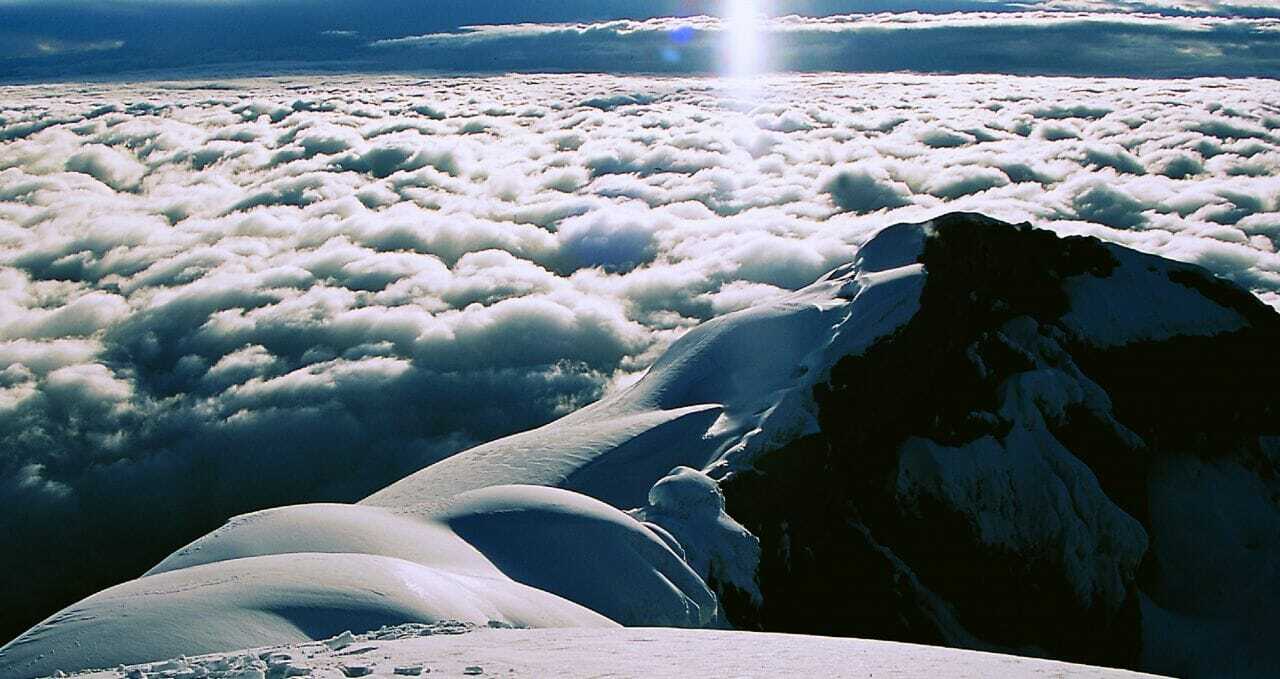
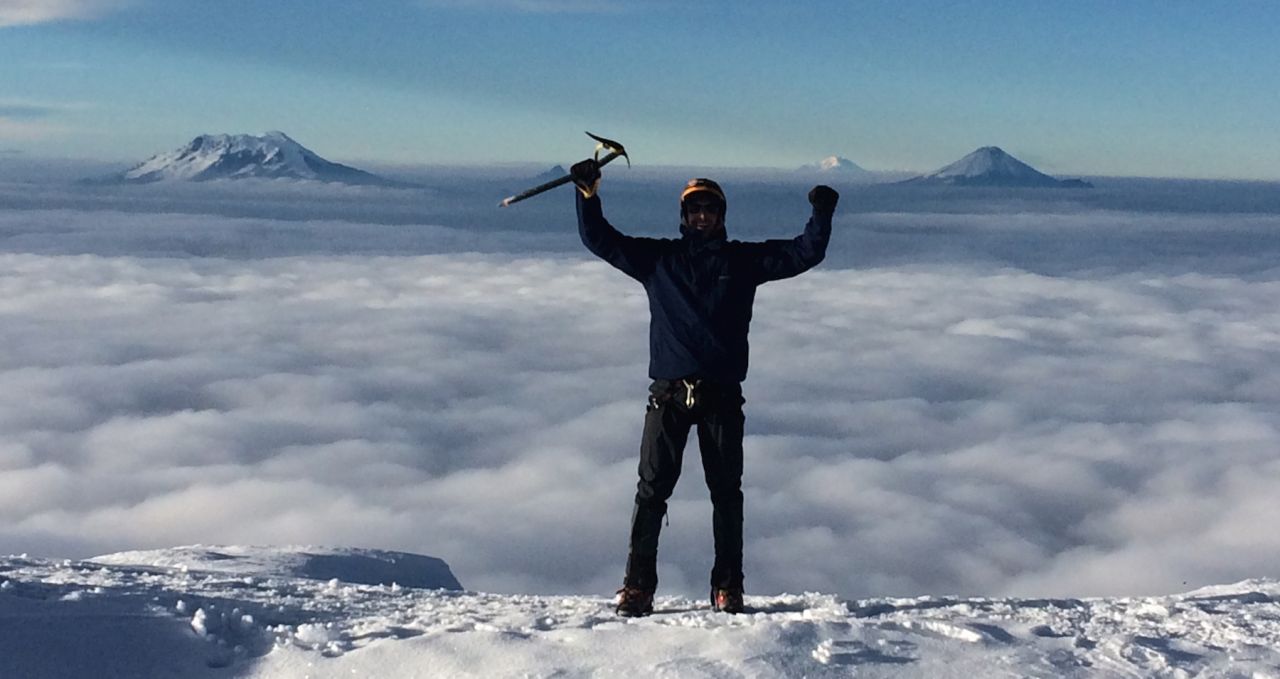
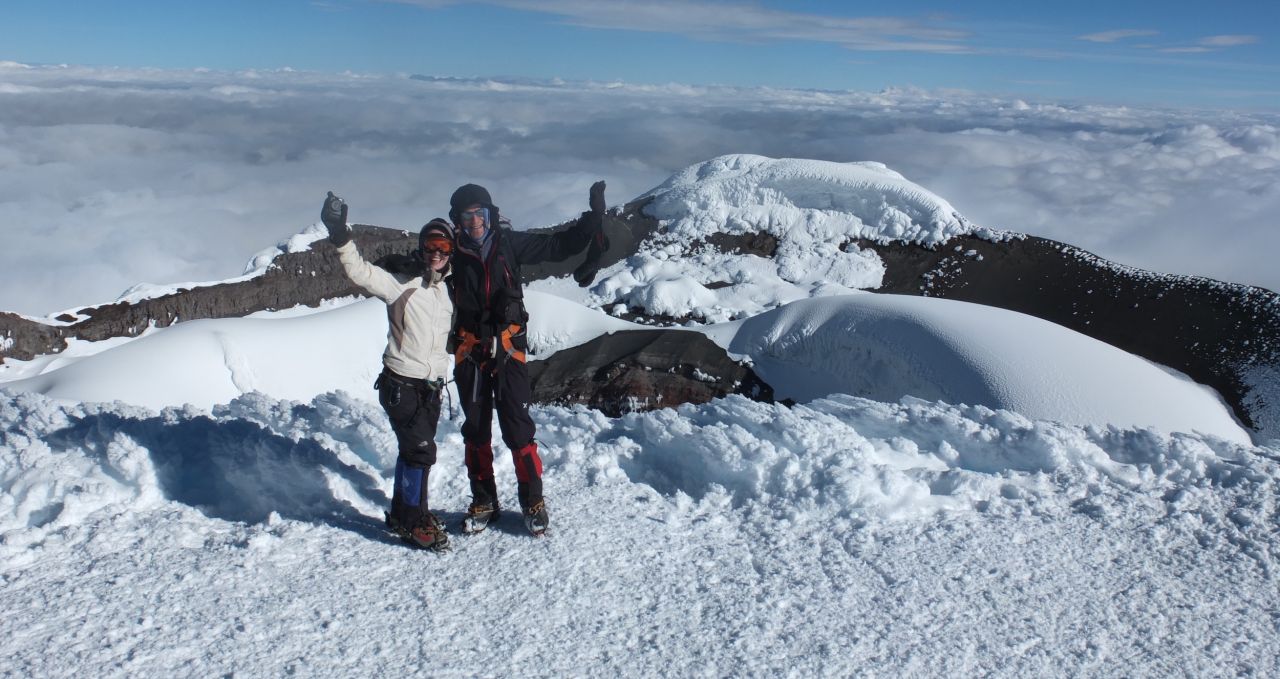
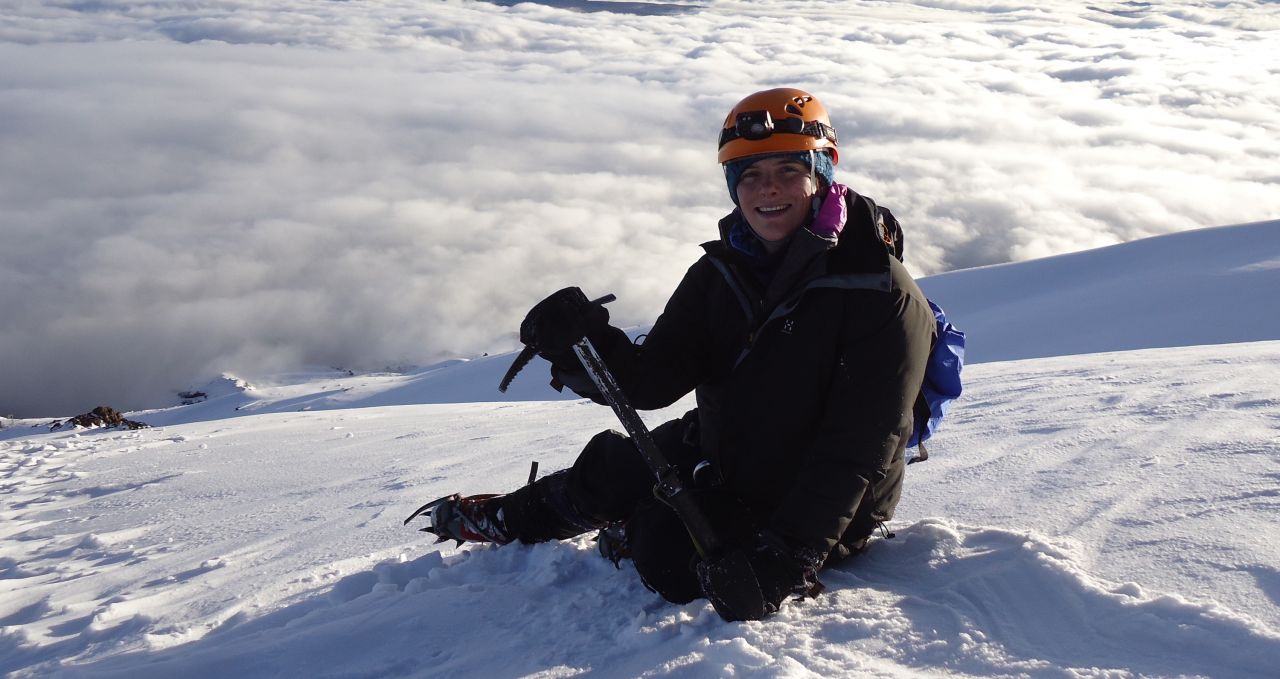
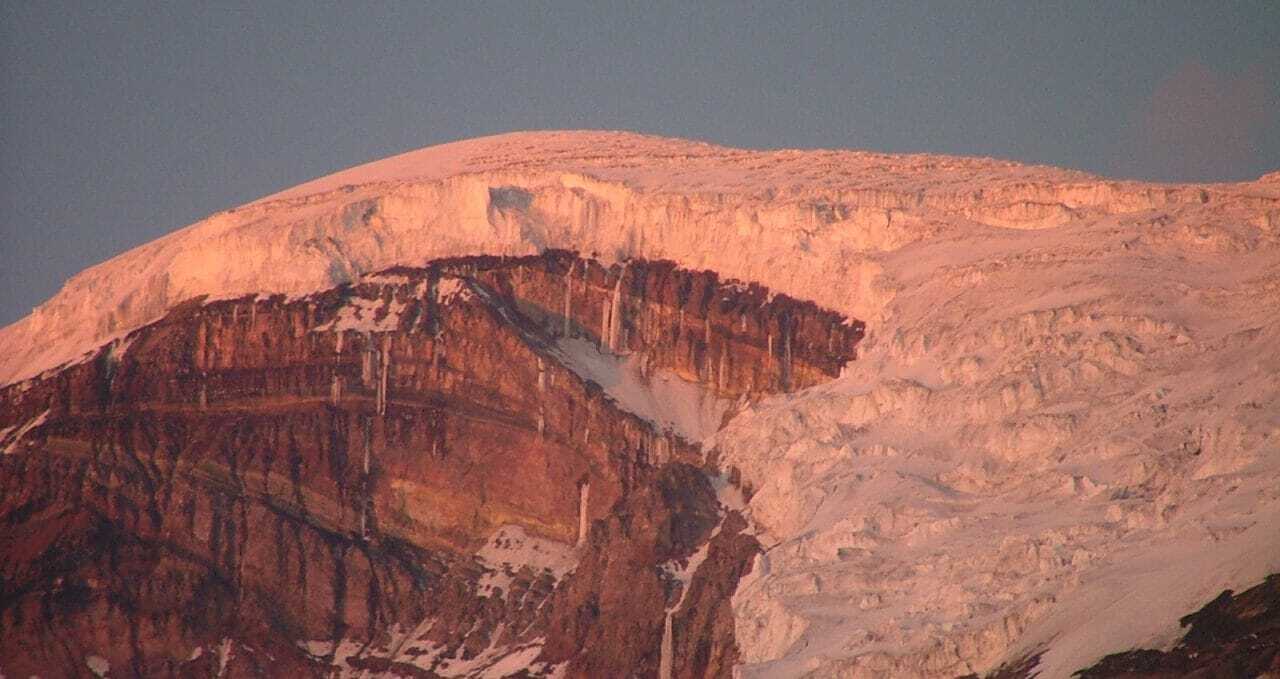
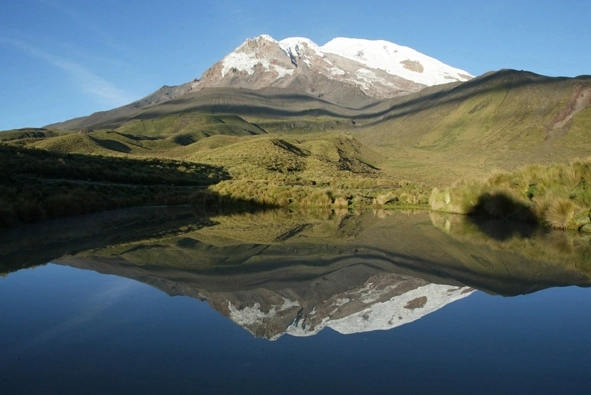
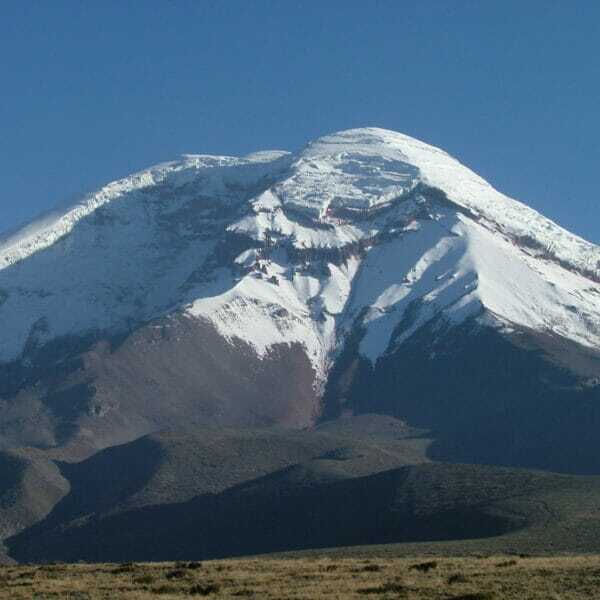
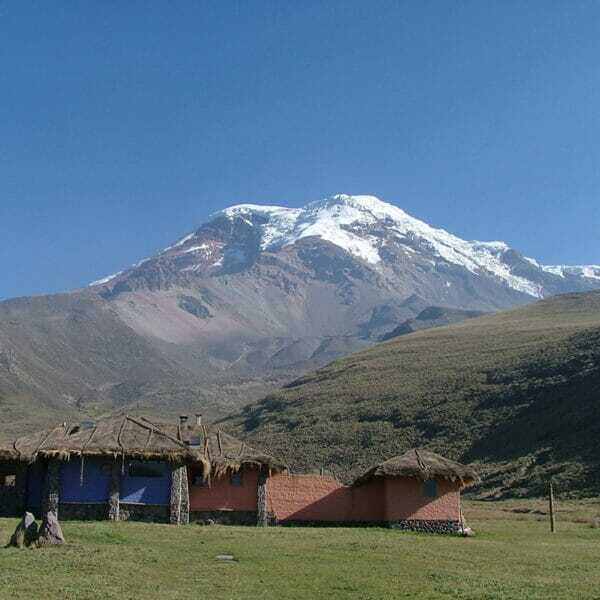
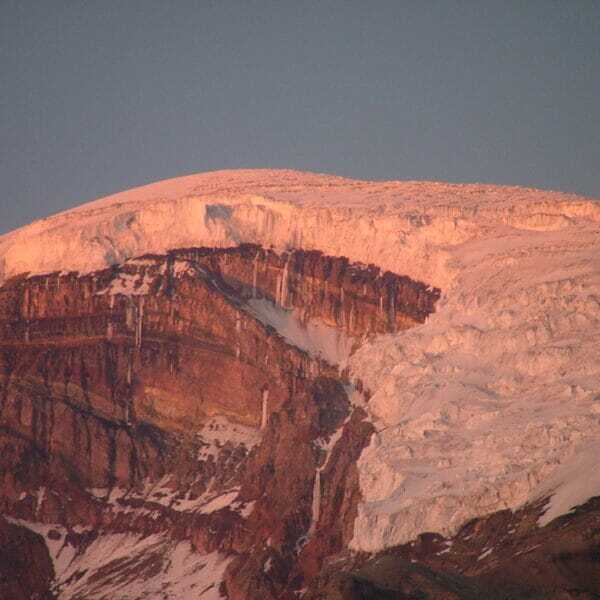
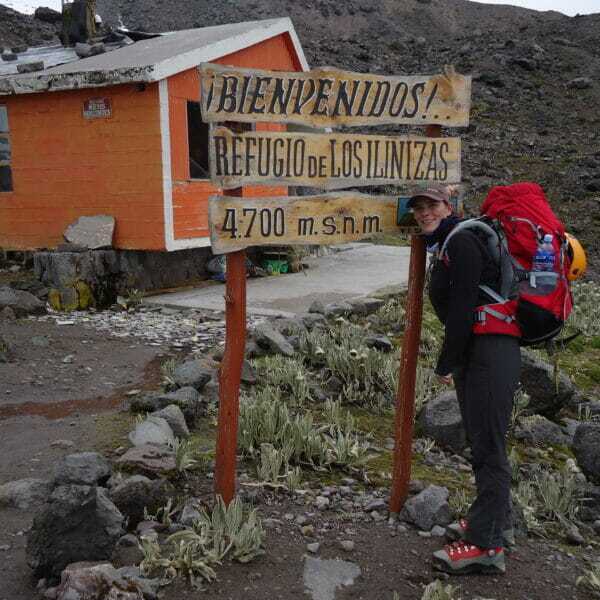
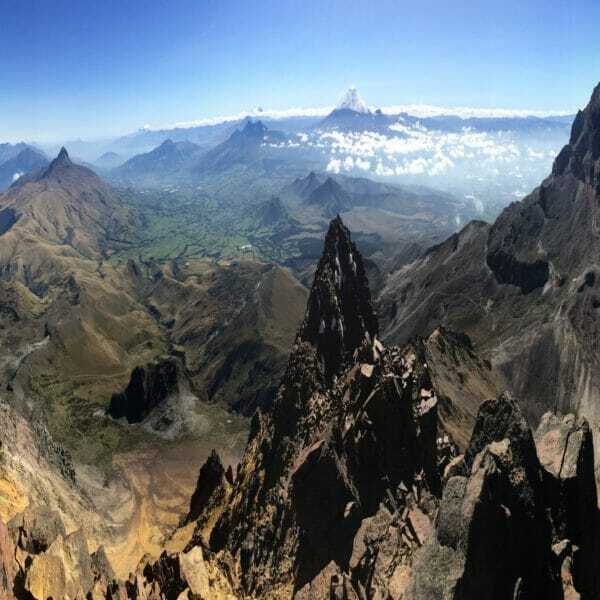
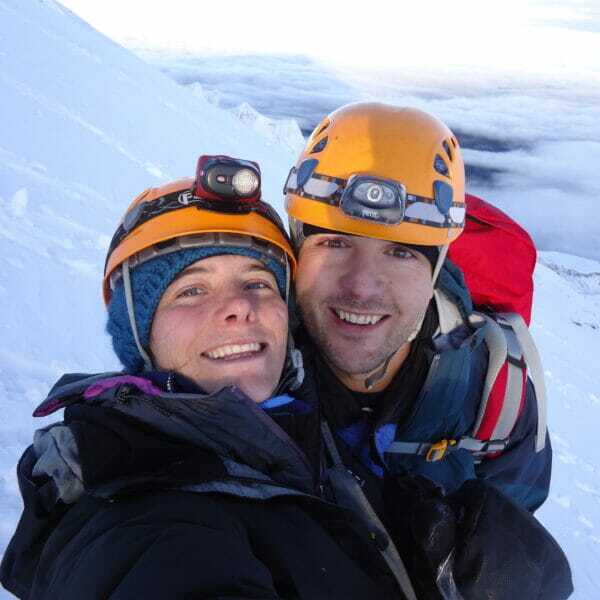
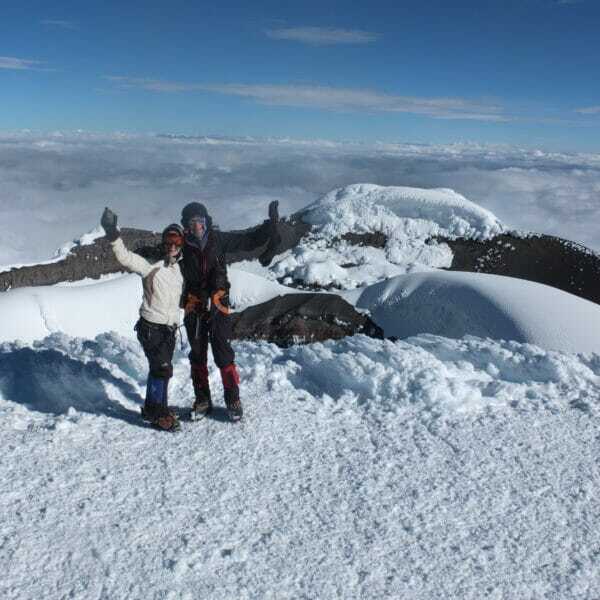
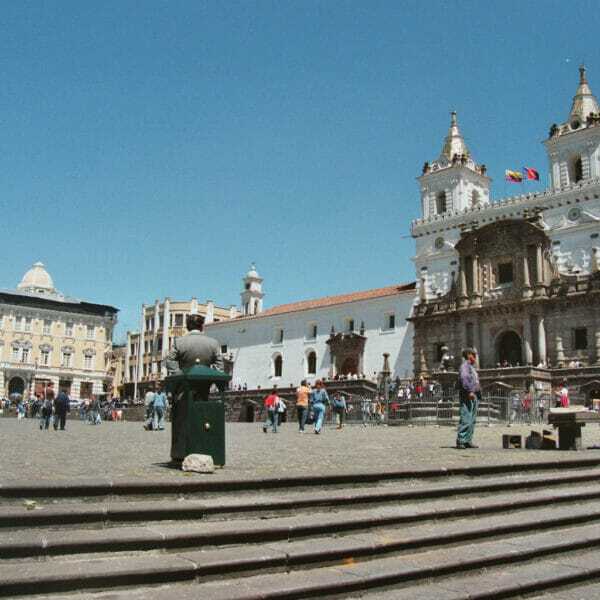
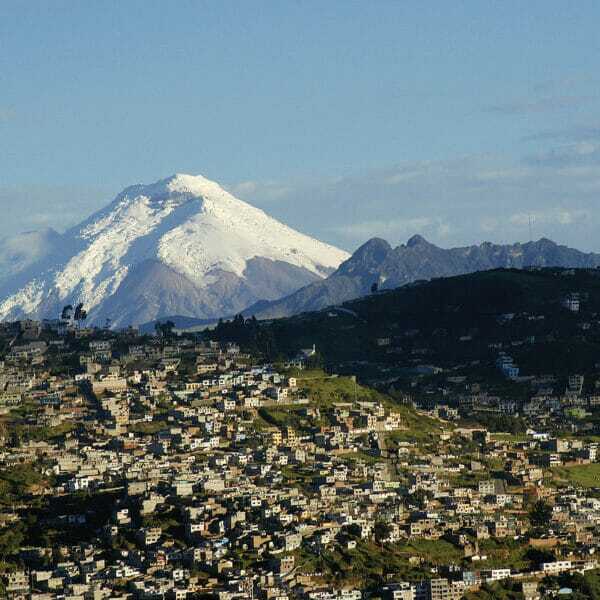
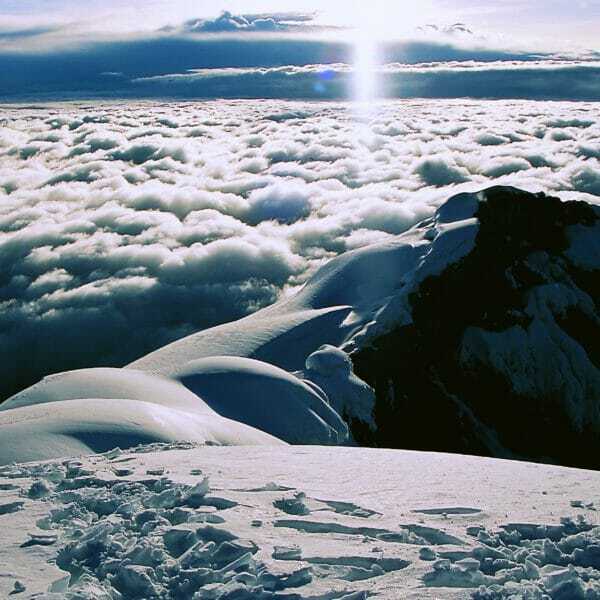
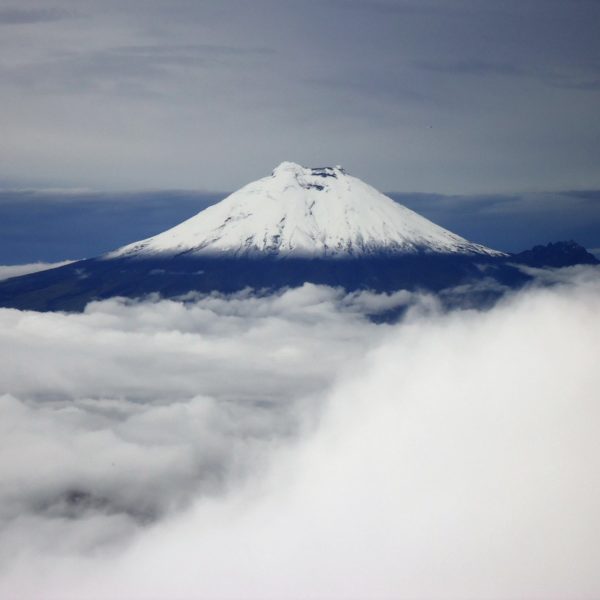
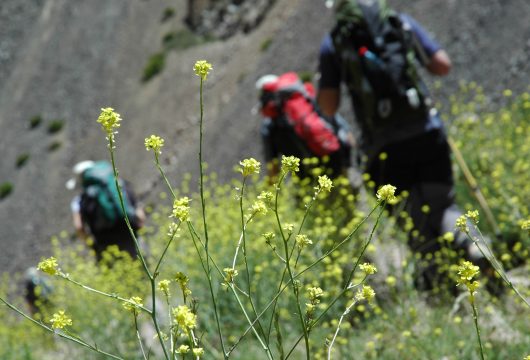
 a Tailor Made Tour
a Tailor Made Tour 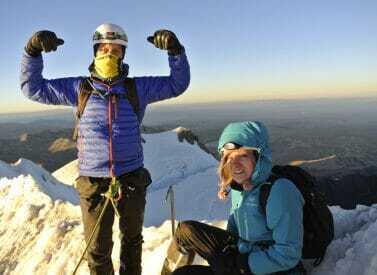

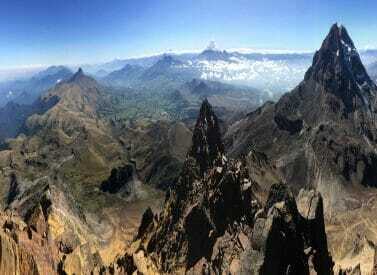
 a Group Tour
a Group Tour 